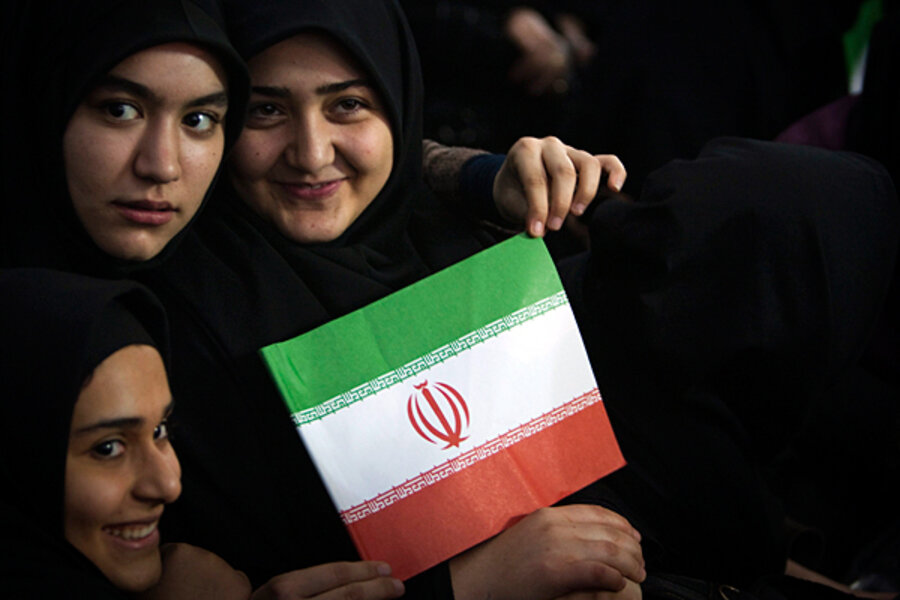Iran's first-world pretensions hark back to an ancient era, when the Persian Empire was the indispensable nation of its day. It is the sense of national purpose, of national mission – this heady exceptionalism – that today imbues aspirations in Iran, just as it has throughout the much shorter history of the US.
Here lies Iran's steadfast insistence on pursuing its nuclear ambitions, for example – which it claims are limited to peaceful nuclear energy, not bombs. Here, too, is one root of President Mahmoud Ahmadinejad's claims that Iran is a superpower that has enabled the "collapse" of Western capitalism.
The words of President Franklin D. Roosevelt in 1936 ring as true in Iranian ears as they have for Americans.
"Roosevelt said the US has a 'rendezvous with destiny,' " Shahriar Rouhani, a Yale-educated physicist in Tehran once told the Monitor. "Iran, too, has a 'rendezvous with destiny.'"







